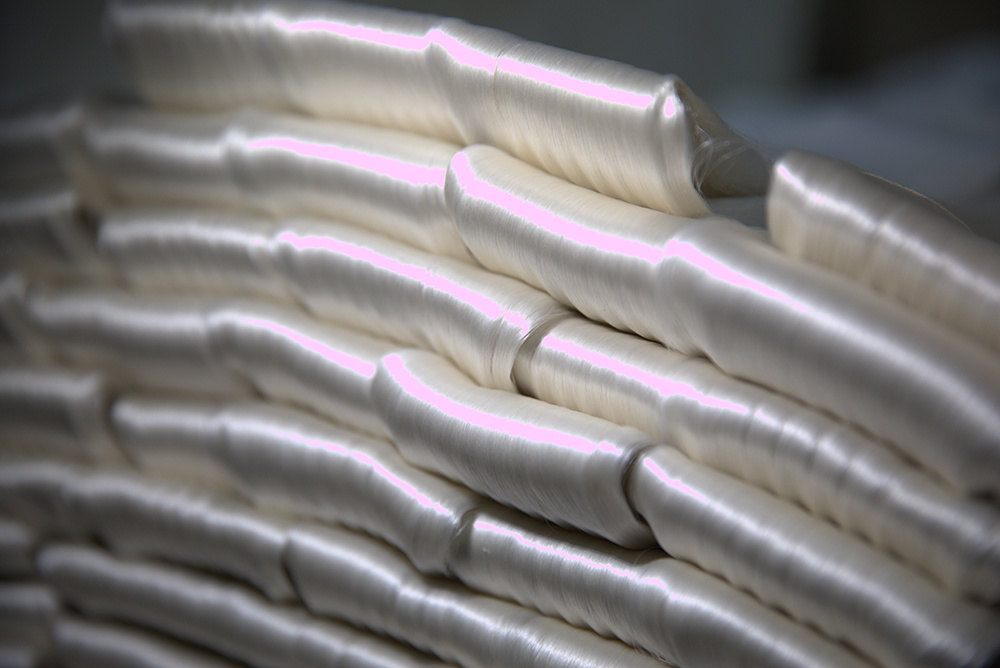Silk
Farming and weaving map: In the ancient farming and weaving map, the whole process of silkworm breeding, sericulture, silk reeling and weaving silk has been recorded in detail. These images provide us with an intuitive way to understand the ancient silk production technology.
Key words:
Dehong Zhengxin
Mulberry planting
Green Silk
The Silk Road
Classification:
Product Description
The origin of silk can be traced back to ancient times, and is closely related to the legend of the Yellow Emperor and his Yuan Concubine ancestor. The following is a detailed description of the origin of silk:
Legendary Background
Huangdi period: According to legend, in the ancient Huangdi period, the ancestor of the Yuan Concubine (also said to be the wife of the Yellow Emperor, Lei Zu) began to domesticate wild silkworms, which is an important milestone in the history of silk utilization. They not only domesticated wild silkworms, but also made silk into brocade and silk, which was used as clothing material, which greatly promoted the development of ancient textile industry.
Historical records
Farming and weaving map: In the ancient farming and weaving map, the whole process of silkworm breeding, sericulture, silk reeling and weaving silk has been recorded in detail. These images provide us with an intuitive way to understand the ancient silk production technology.
The shang dynasty attached importance to: in the late shang dynasty, king wuding had nine times of divination to inspect silkworm affairs, which showed that the rulers at that time attached great importance to sericulture, and silk had become an important part of the social economy at that time.
Silk production process
Silkworm life cycle: Silkworm is a kind of metamorphic insects, will experience egg, larva, pupa, adult four morphological process. Among them, the larval stage is the key period of silkworm spinning cocoon. Silkworms undergo multiple molting and dormancy periods during the larval stage, eventually stopping eating at the end of the fifth instar and preparing to spin silk and cocoon.
Spinning cocoon: silkworm body has a kind of secretion gland that silk gland, can secrete viscous, semi-flowing liquid silk. After a series of complex physiological processes in the silkworm, these liquid filaments are excreted from the body and fibrous into a cocoon filament. Silkworm through the regular swing of the head and chest, spit out the "S" shape or "8" shape of the silk ring, layer by layer to form a cocoon.
Silk reeling and weaving: cocoons can be reeled after drying, screening and other processes. Reeling is the process of immersing a cocoon in hot water and drawing silk. The extracted silk can be woven into exquisite silk products after spinning, dyeing, washing and drying.
The Cultural Significance of Silk
Noble and Mysterious: Because the production process of silk is complex and time-consuming, silk was regarded as a symbol of luxury and mystery in ancient times. Only aristocrats and rich people can enjoy silk products.
The Silk Road: During the Tang Dynasty, the opening of the Silk Road spread China's silk culture to the far west. Silk has become an important bridge and link connecting Eastern and Western civilizations.
The origin of silk can be traced back to the Huangdi period in ancient times, and its production process is complex and delicate, which contains rich cultural connotation and historical value. Silk not only promoted the development of the ancient textile industry, but also became an important medium connecting Eastern and Western civilizations.
Get free product quotes
Welcome to leave your information to get in touch with us!







